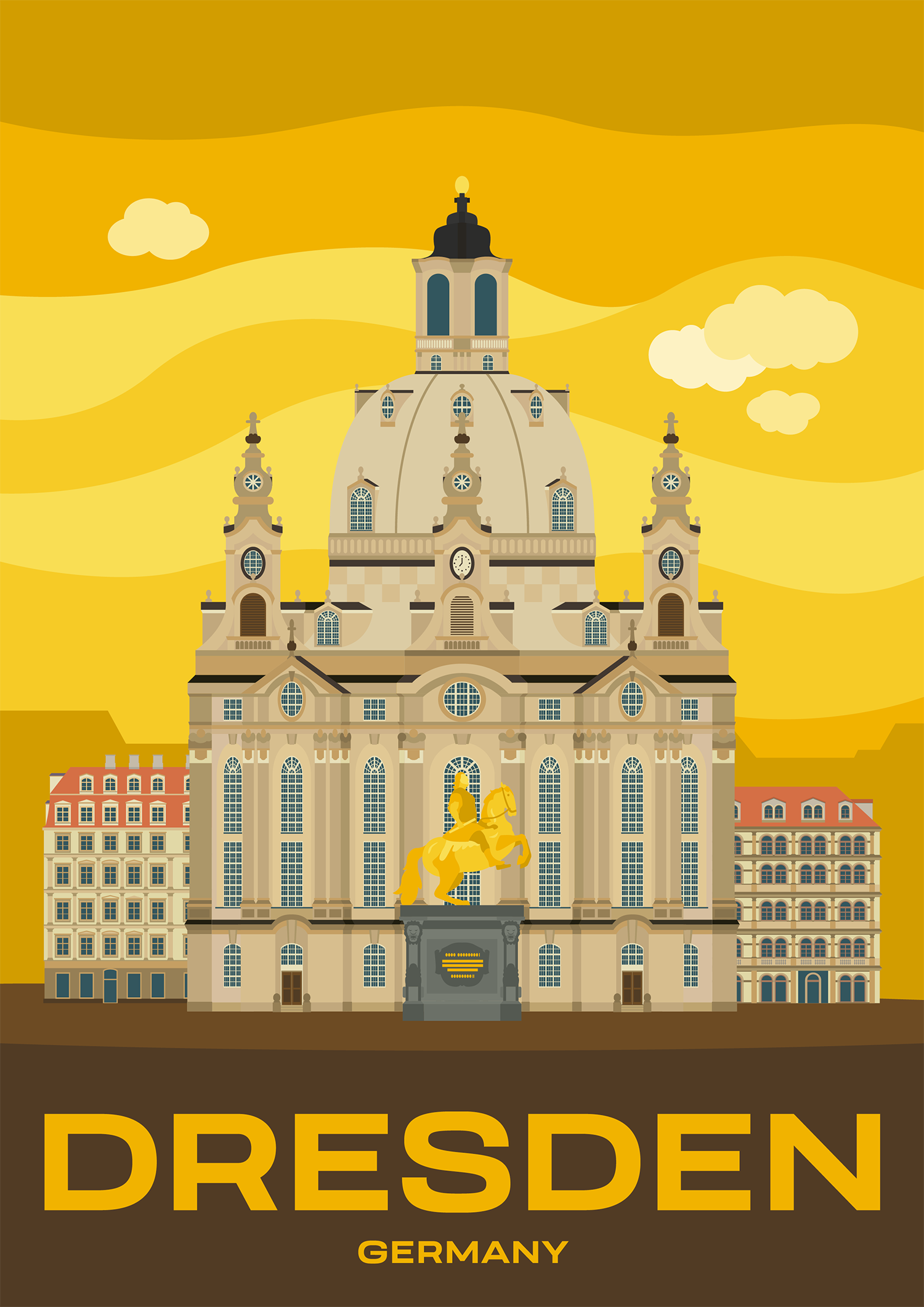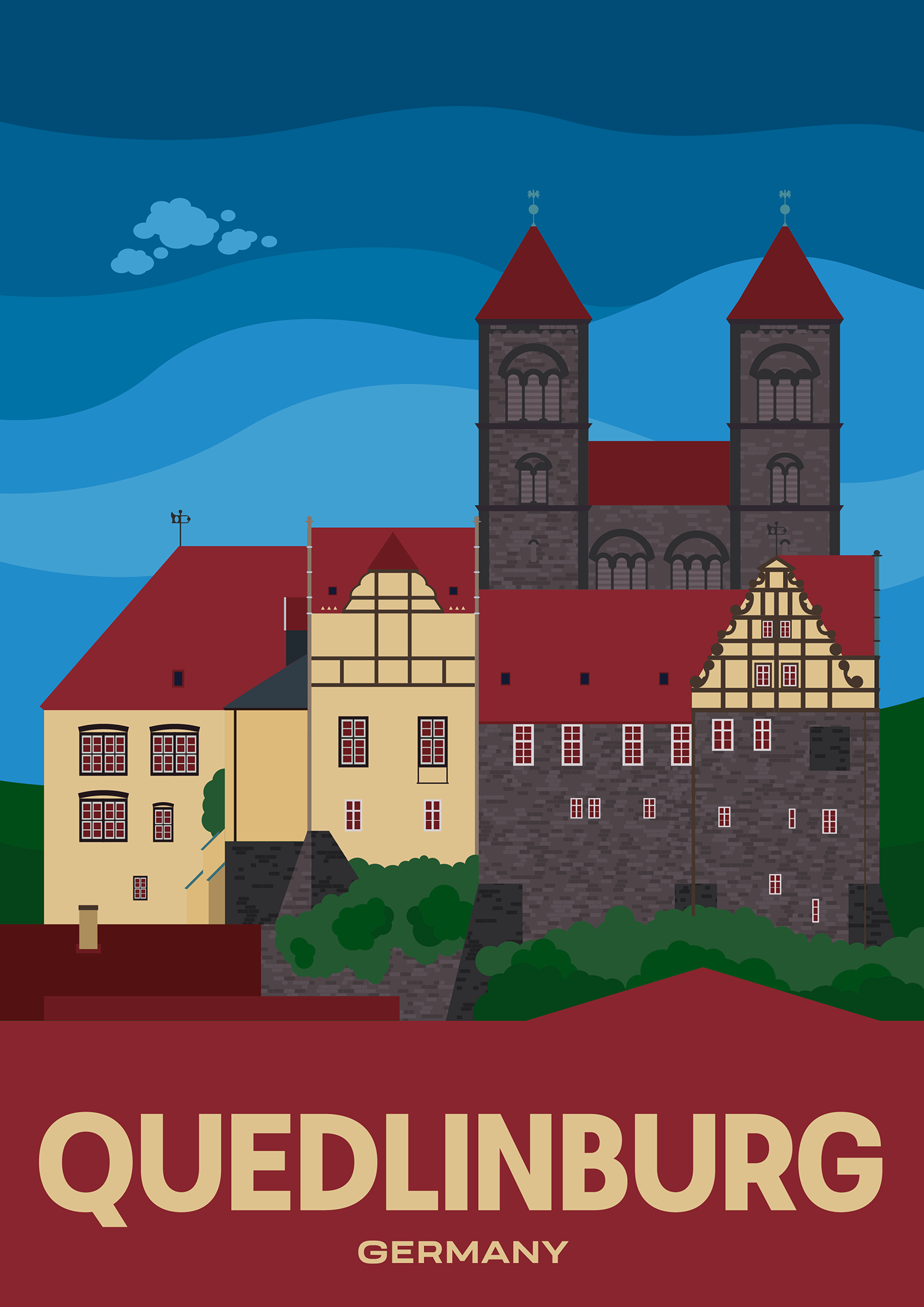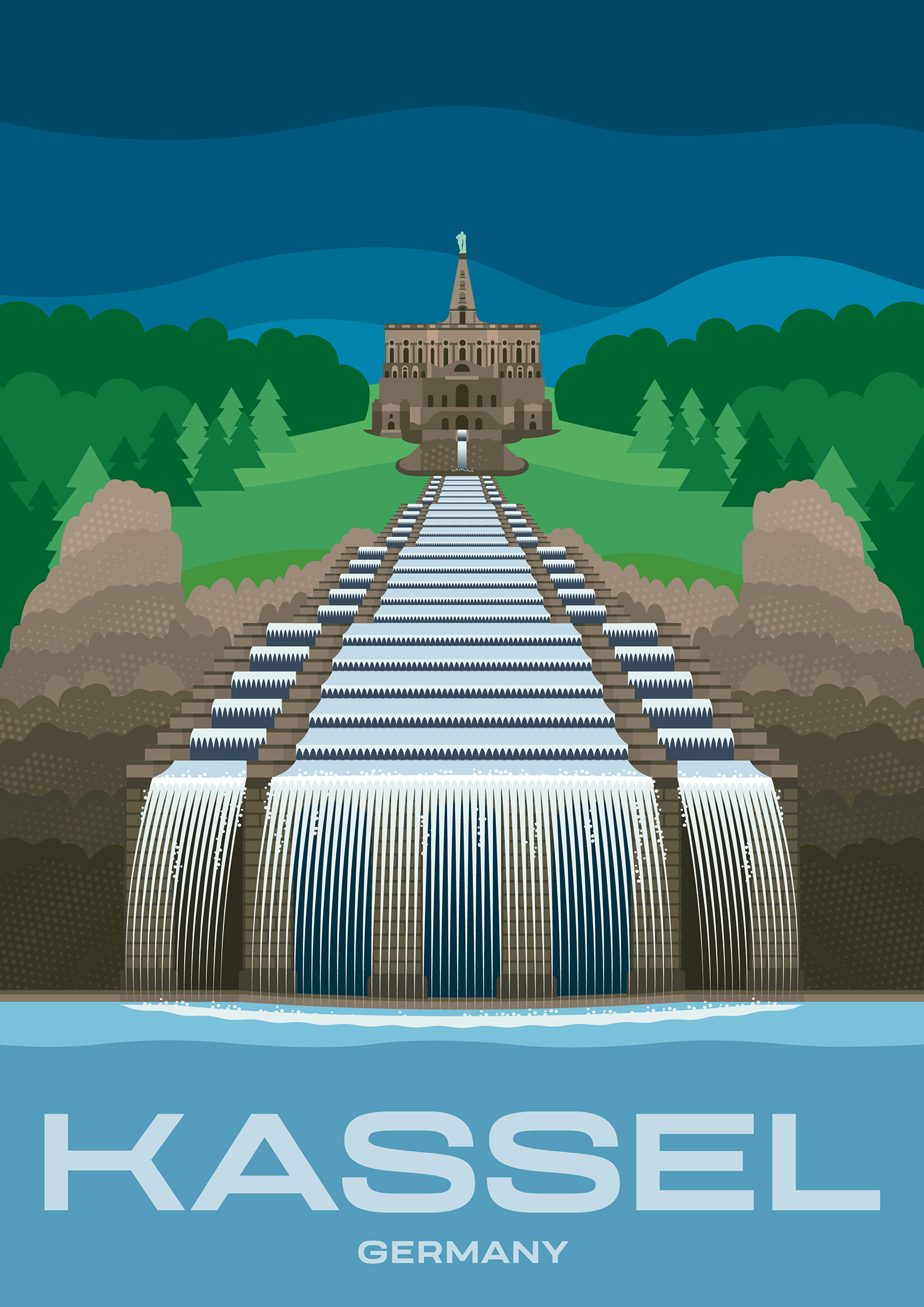Five of our favourite places in Germany
Unfortunately, the global pandemic doesn't allow us to travel around as much as we would like right now. Hotels are closed, and museums and castles don't open doors to visitors. All this deprives us of the fun and joy of travelling. That's why we haven't left the country for over a year and have only visited places nearby (a wedding was the exception, but that doesn't count as travelling, does it?).
This small list presents a pick of our favourite places we have been to since the pandemic started. These places captivate with their lovely old towns, great museums and extensive parks. We are big fans of parks vast green areas, small castles and beautiful fountains and statues, as you can see from this list.
-
1/5

Potsdam
- Country Germany
- Region Brandenburg
- Year 2020
Potsdam is the capital of Brandenburg and the former residence of the kings of Prussia. The city is rich in parks and castles and the cultural landscape is a UNESCO World Heritage Site. The Babelsberg film park is one of Europe most modern film studios, in 1926 “Metropolis” by Fritz Lang was produced here.
Potsdam: The City of Palaces
Potsdam, the capital of Brandenburg, is a city steeped in royal history and adorned with stunning palaces and gardens. Its rich cultural heritage and scenic beauty make it a top destination for travellers.
Highlights:
- Sanssouci Palace and Gardens: Once the summer residence of Frederick the Great, this UNESCO World Heritage site features beautiful Rococo architecture and expansive gardens.
- Dutch Quarter: A charming district with red-brick buildings dating back to the 18th century, offering a slice of Dutch history in Germany.
- Babelsberg Park: A picturesque landscape garden that includes the impressive Babelsberg Palace and offers stunning views of the Havel River.
Why Visit?
Potsdam seamlessly blends historical grandeur with natural beauty. Its proximity to Berlin makes it an ideal day trip, yet it offers enough charm and attractions to warrant a longer stay. The city’s palaces, parks, and vibrant cultural scene provide a perfect escape into history and nature.
-
2/5

Berlin
Berlin is the capital of Germany and the most populous city in the European Union. Since 1991, the city has been the seat of the federal government, the Bundestag and many embassies. Well-known sights are the Brandenburg Gate, the Reichstag building, the entire Museum Island in the Spree and many more.
Berlin: The City of History
Berlin, Germany's vibrant capital, is a city that embodies a unique blend of historical significance and modern innovation. Its dynamic culture, iconic landmarks, and diverse neighbourhoods make it an essential destination for travellers from around the world.
Highlights:
- Brandenburg Gate: An iconic symbol of Berlin, this neoclassical monument has witnessed significant historical events and remains a symbol of unity and peace.
- Museum Island: A UNESCO World Heritage site, this ensemble of five world-renowned museums offers a deep dive into art, culture, and history.
- East Side Gallery: This open-air gallery features murals painted on the remaining sections of the Berlin Wall, serving as a poignant reminder of the city’s divided past.
Why Visit?
Berlin captivates visitors with its profound historical landmarks and cutting-edge contemporary culture. Its blend of history, art, and innovation offers a unique experience that appeals to a wide range of interests. The city's vibrant nightlife, diverse culinary scene, and extensive green spaces make it a destination that can be enjoyed around the clock. Whether you're exploring its storied past or engaging with its present-day energy, Berlin promises an unforgettable journey through time and culture.
-
3/5

Dresden
Dresden is the capital and the second-largest city in Saxony. The international cultural city on the Elbe is known for numerous important buildings such as the baroque Zwinger, the reconstructed Frauenkirche, the Residenzschloss and the Semperoper. Dresden is one of the greenest cities in Europe.
Dresden: The Jewel of the Elbe
Dresden, the capital city of Saxony, is renowned for its stunning baroque architecture, vibrant cultural scene, and scenic location on the banks of the Elbe River. Often referred to as the "Florence of the North," Dresden boasts a rich history and a plethora of attractions.
Highlights:
- Zwinger Palace: A masterpiece of baroque architecture, housing several museums including the Old Masters Picture Gallery.
- Frauenkirche: The iconic Church of Our Lady, rebuilt after World War II, stands as a symbol of reconciliation.
- Semper Opera House: One of the most beautiful and renowned opera houses in the world.
Why Visit?
Dresden offers a perfect blend of history, culture, and natural beauty. Whether you’re an art lover, history buff, or simply looking to enjoy picturesque river views, Dresden has something for everyone.
-
4/5

Quedlinburg
- Country Germany
- Region Saxony-Anhalt
- Year 2020
Quedlinburg is a town in the Harz Mountains in Saxony-Anhalt. The old town, with about 2,000 half-timbered houses from eight centuries and some Art Nouveau villas, is one of the largest area monuments in Germany and a UNESCO World Heritage Site. The city also has a railway station for the Harzer Schmalspurbahn.
Quedlinburg: The Medieval Masterpiece
Quedlinburg, a UNESCO World Heritage Site, is a well-preserved medieval town that transports visitors back in time. With its cobblestone streets and half-timbered houses, Quedlinburg is a fairy tale that comes to life.
Highlights:
- Quedlinburg Abbey: Perched on a hill, this former abbey offers stunning views of the town and houses a museum dedicated to its history.
- Old Town: Explore over 1,300 half-timbered houses dating back to the 16th century.
- Castle Museum: Learn about the town’s royal past and its significance during the Holy Roman Empire.
Why Visit?
Quedlinburg's enchanting medieval architecture and its status as a UNESCO World Heritage Site make it a must-visit for those who appreciate historical towns. The city's rich history and picturesque streets provide a captivating experience for all who visit.
-
5/5

Kassel
Kassel is the third largest-city in Hesse. It once was the capital of the Landgraviate and later of the Electorate of Hesse. That's why the city impresses with castles and parks such as the orangery or the Wilhelmshöhe mountain park, which is also a UNESCO World Heritage Site. The documenta Kassel is also well known.
Kassel: The Grimm Brothers' Fairy Tale City
Kassel, located in northern Hesse, is a city with a rich history and a strong connection to the Brothers Grimm. It’s known for its parks, palaces, and cultural heritage.
Highlights:
- Bergpark Wilhelmshöhe: A UNESCO World Heritage site with beautiful gardens, fountains, and the impressive Hercules monument.
- Wilhelmshöhe Palace: Home to an outstanding collection of Old Masters paintings.
- Grimmwelt: A museum dedicated to the lives and works of the Brothers Grimm.
Why Visit?
Kassel’s historical and cultural significance, combined with its beautiful green spaces, make it an excellent destination for those interested in history, literature, and nature.
You want to roam forever?
See, the good lies so near.
Learn to embrace happiness,
because happiness is always there.
This saying somehow summarizes quite well what I think about travelling during the pandemic. Germany is a beautiful culture-and-history-filled country and has much to offer indeed. Maybe the beautiful things often lie closer than one might think.
Nonetheless, we all look forward to this catastrophe being over, and life finally returning to the “new” normal and we can see and revisit cities and places outside of this country.
This map shows our 5 favourite places mentioned in this blog post.




